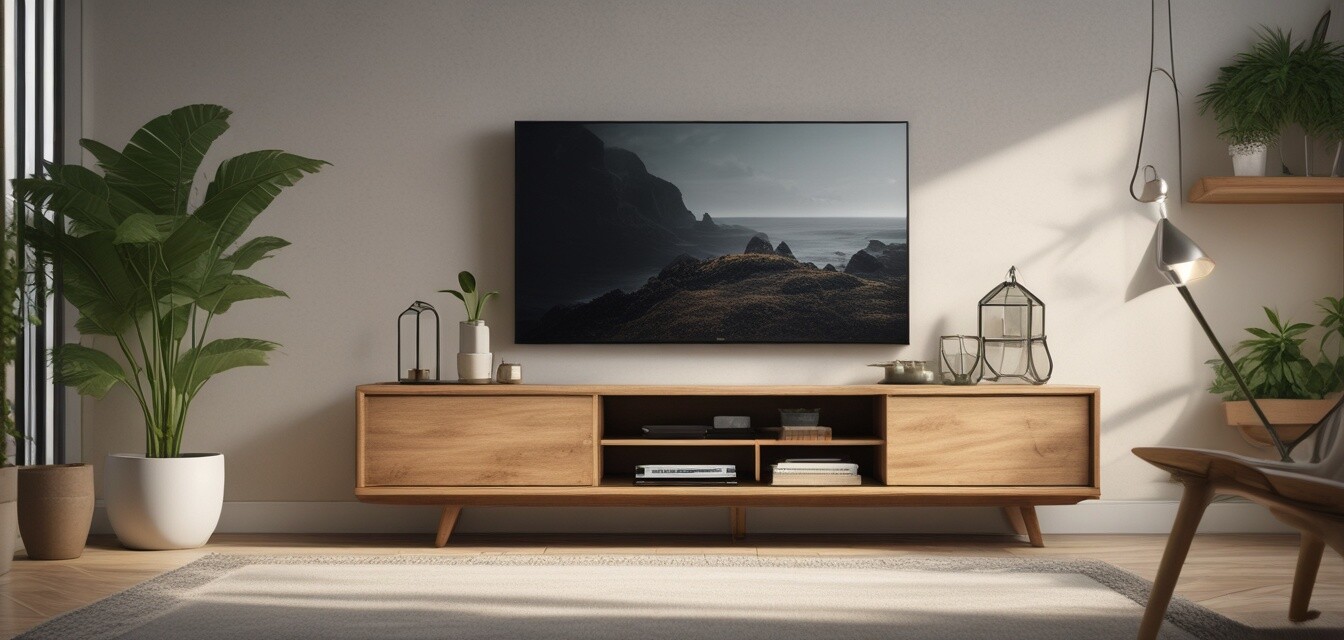
The Role of Design in Promoting Sustainability
Key Takeaways
- Design choices in furniture creation can significantly reduce environmental impact.
- Sustainable materials enhance durability and can be aesthetically pleasing.
- Thoughtful design can integrate functionality, enabling better use of space.
- Consumer awareness of sustainability is growing, influencing design trends.
- Investing in eco-friendly furniture often leads to long-term savings.
Furniture design plays a crucial role in promoting sustainability, especially in the context of home media solutions like TV stands. As consumers become increasingly conscious of their environmental footprint, the demand for eco-friendly products continues to rise. In this article, we’ll explore how thoughtful design decisions in furniture creation—particularly TV stands—foster sustainability.
Understanding Sustainable Design
Sustainable design involves creating products in a way that minimizes negative impacts on the environment. This can be achieved through:
- Using recycled or upcycled materials
- Reducing waste during production
- Focusing on durability and lifespan
- Considering end-of-life recycling possibilities
Example of Sustainable Materials in Design
| Material | Benefits | Applications |
|---|---|---|
| Bamboo | Fast-growing, renewable resource | TV stands, furniture |
| Recycled wood | Reduces deforestation and waste | Cabinets, shelving |
| Metal | Durable and recyclable | Frames, supports |
| Glass | Recyclable and aesthetically versatile | Surfaces, shelves |
The Aesthetic Value of Sustainable Design
In addition to being environmentally friendly, sustainable design often results in beautiful and unique furniture. Thoughtfully designed TV stands can integrate aesthetics with functionality, offering modern styles that complement any home decor. Factors that enhance the aesthetic value of sustainable designs include:
- Natural finishes that showcase the material's beauty
- Minimalist designs that prioritize multifunctionality
- Innovative shapes and styles reflecting current trends
Current Trends in Sustainable TV Stand Design
As we further embrace eco-conscious living, several trends across sustainable TV stands are emerging:
- Modular designs: Allowing users to adjust their furniture to fit their living spaces.
- Multi-functional furniture: Combining entertainment consoles with storage solutions to maximize space.
- Natural aesthetics: Incorporating organic shapes and materials that resonate with nature.
The Economic Benefits of Sustainable Furniture
Often overlooked, the economic advantages of investing in sustainable TV stands cannot be ignored. Though sustainable furniture might carry a higher initial price, its durability and longevity can lead to long-term savings. Here are some economic benefits:
- Reduced need for replacements
- Lower maintenance costs due to quality materials
- Potential resale value over time
Consumer Trends Towards Eco-Friendly Living
Over the past few years, consumer awareness regarding sustainability has dramatically changed. Many buyers are not only looking for functionality but are also considering the environmental impact of their purchases. This shift has driveneco-friendly living trends, where consumers prioritize:
- Products made from renewable resources
- Companies with transparent supply chains
- Substantial commitments to reducing carbon footprints
Conclusion: The Future of Sustainable Furniture Design
As we move forward, the role of design in promoting sustainability will become increasingly vital. Furniture creators must remain committed to utilizing eco-friendly materials and producing beautiful, innovative designs. The intersection of sustainability and aesthetics will not only define the future of TV stands but shape the larger furniture market.
To stay updated with trends in sustainable furniture, check out our latest articles.
Pros
- Uses environmentally friendly materials
- Creates unique and beautiful designs
- Leads to long-term cost savings
- Increases consumer satisfaction and trust
Cons
- Higher initial costs compared to conventional options
- Limited availability in some regions
- Potentially less variety in style